Pen name Katherine Mansfield Role Short story writer Name Katherine Mansfield | Partner Ida Constance Baker | |
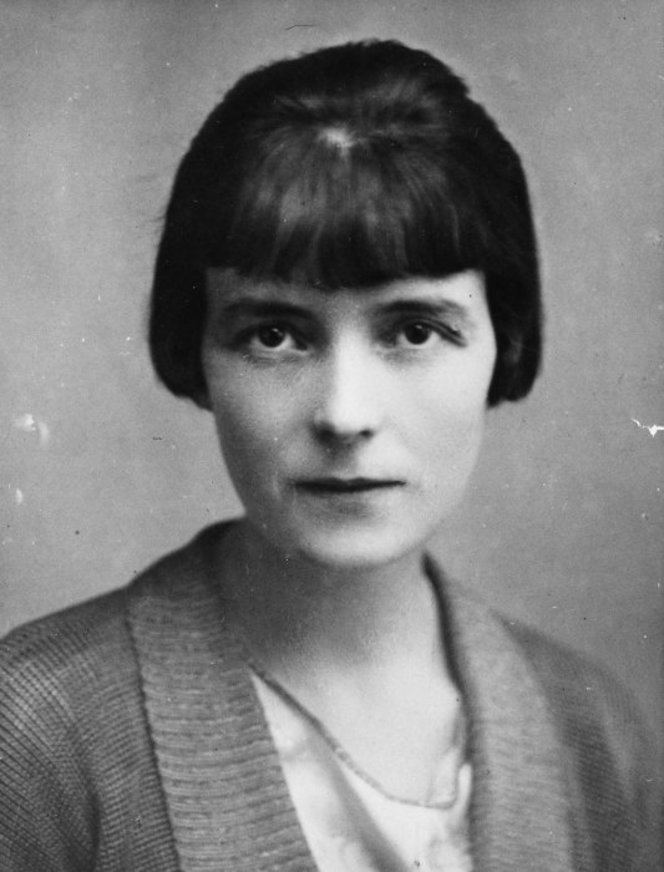 | ||
Nationality New Zealand (British subject) Books The Garden Party, Miss Brill, The Doll's House, Bliss, Prelude Similar People | ||
A portrait of katherine mansfield
Kathleen Mansfield Murry (née Beauchamp; 14 October 1888 – 9 January 1923) was a prominent New Zealand modernist short story writer who was born and brought up in colonial New Zealand and wrote under the pen name of Katherine Mansfield. At 19, Mansfield left New Zealand and settled in the United Kingdom, where she became a friend of modernist writers such as D.H. Lawrence and Virginia Woolf. In 1917 she was diagnosed with extrapulmonary tuberculosis, which led to her death at the age of 34.
Contents
- A portrait of katherine mansfield
- Morphologies masterclass 1 alison macleod on katherine mansfield
- Early life
- Return to London
- Meeting Murry
- Final years
- Legacy
- Collections
- Films about Mansfield
- Biographies of Mansfield
- Novels featuring Mansfield
- Adaptations of Mansfields work
- References
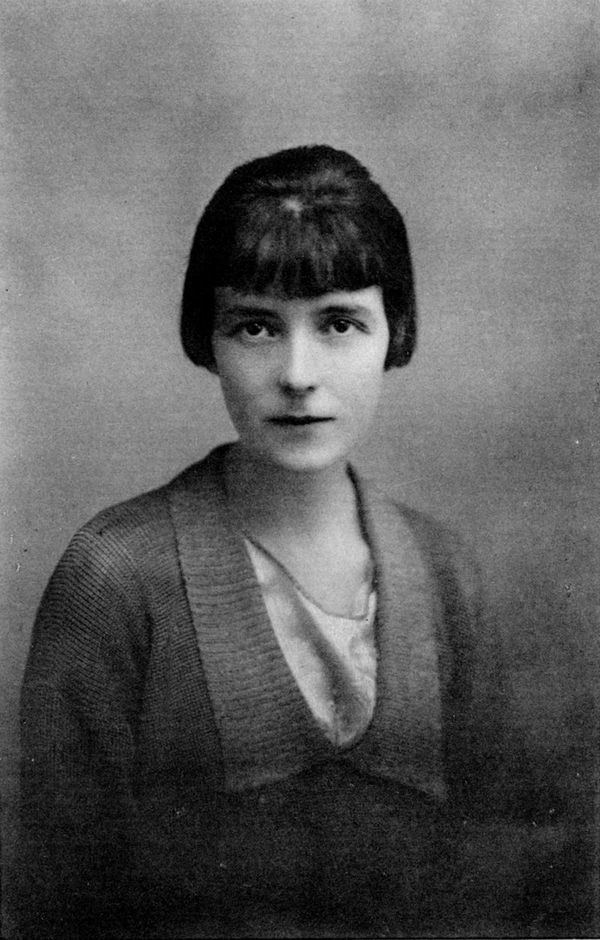
Morphologies masterclass 1 alison macleod on katherine mansfield
Early life
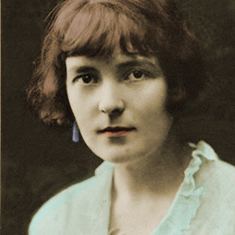
Mansfield was born Kathleen Mansfield Beauchamp in 1888 into a socially prominent family in Wellington, New Zealand. Her grandfather was Arthur Beauchamp, who briefly represented the Picton electorate in Parliament. Her extended family included the author Countess Elizabeth von Arnim and her great great uncle was the Victorian Artist Charles Robert Leslie. Her father, Harold Beauchamp became the chairman of the Bank of New Zealand and was knighted in 1923. Her mother was Annie Beauchamp, whose brother would marry the daughter of Richard Seddon, tying the family to New Zealand's higher social circles.
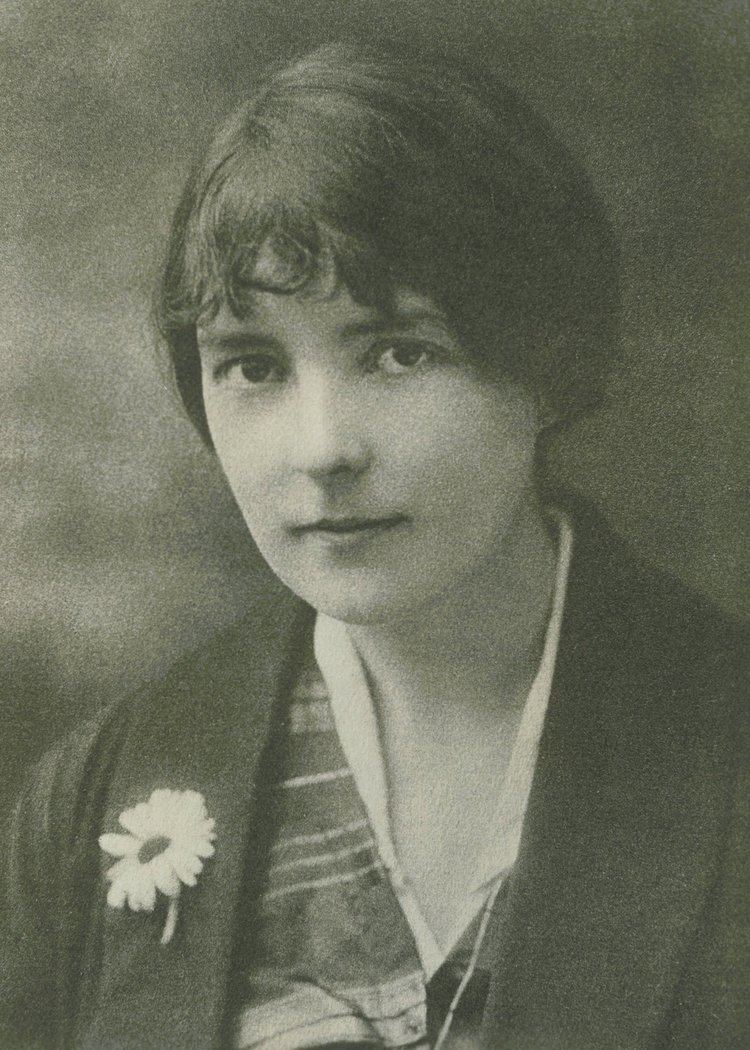
She had two older sisters, a younger sister and a younger brother, born in 1894. In 1893 the Mansfield family moved from Thorndon to the country suburb of Karori for health reasons. Here Mansfield spent the happiest years of her childhood, and used some of her memories of this time as an inspiration for the "Prelude" story.
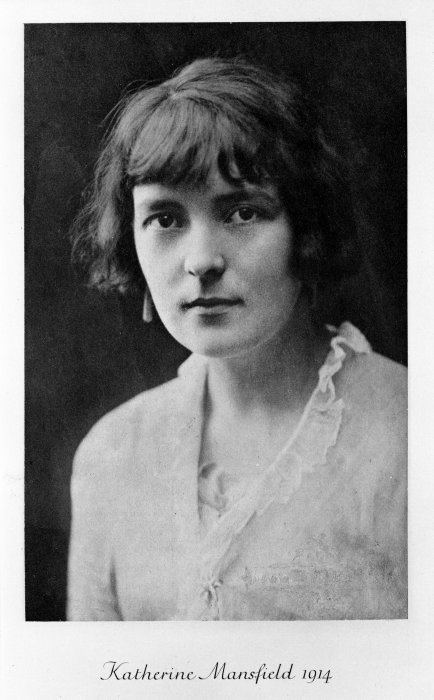
Her first printed stories appeared in the High School Reporter and the Wellington Girls' High School magazine (the family returned to Wellington proper in 1898), in 1898 and 1899. Her first formally published work appeared the following year in the society magazine New Zealand Graphic and Ladies Journal. In 1902 she became enamoured of a cellist, Arnold Trowell, although the feelings were largely unreciprocated. Mansfield herself was an accomplished cellist, having received lessons from Trowell's father.
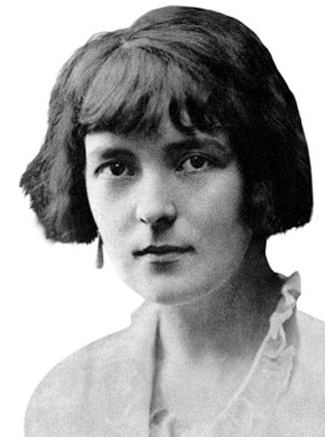
Mansfield wrote in her journals of feeling alienated in New Zealand, and of how she had become disillusioned because of the repression of the Māori people. Māori characters are often portrayed in a sympathetic or positive light in her later stories, such as "How Pearl Button Was Kidnapped".
In 1903 she moved to London, where she attended Queen's College along with her sisters. Mansfield recommenced playing the cello, an occupation that she believed she would take up professionally, but she also began contributing to the college newspaper with such dedication that she eventually became its editor. She was particularly interested in the works of the French Symbolists and Oscar Wilde, and she was appreciated among her peers for her vivacious and charismatic approach to life and work. She met fellow writer Ida Baker (also known as Lesley Moore), a South African, at the college, and they became lifelong friends. Mansfield did not become involved in much political activity when she lived in London. For example, she did not actively support the suffragette movement in the UK (women in New Zealand had gained the right to vote in 1893).
Mansfield travelled in continental Europe between 1903 and 1906, staying mainly in Belgium and Germany. After finishing her schooling in England, she returned to New Zealand in 1906, and only then began to write short stories. She had several works published in the Native Companion (Australia), her first paid writing work, and by this time she had her heart set on becoming a professional writer. It was also the first occasion on which she used the pseudonym "K. Mansfield". She rapidly wearied of the provincial New Zealand lifestyle and of her family, and two years later headed again for London. Her father sent her an annual allowance of 100 pounds for the rest of her life. In later years she expressed both admiration and disdain for New Zealand in her journals, but she was never able to return there because of her tuberculosis.
Mansfield had two romantic relationships with women that are notable for their pre-eminence in her journal entries. She continued to have male lovers, and attempted to repress her feelings at certain times. Her first same-gender romantic relationship was with Maata Mahupuku (sometimes known as Martha Grace), a wealthy young Māori woman whom she had first met at Miss Swainson's school in Wellington, and then again in London in 1906. In June 1907 she wrote: "I want Maata—I want her as I have had her—terribly. This is unclean I know but true." She often referred to Maata as Carlotta. She wrote about Maata in several short stories. Maata married in 1907 but it is claimed that she sent money to Mansfield in London. The second relationship, with Edith Kathleen Bendall, took place from 1906 to 1908. Mansfield also professed her adoration for her in her journals.
Return to London
Back in London in 1908, Mansfield quickly fell into a bohemian way of life. She published only one story and one poem during her first 15 months there. Mansfield sought out the Trowell family for companionship, and while Arnold was involved with another woman Mansfield embarked on a passionate affair with his brother, Garnet. By early 1909 she had become pregnant by Garnet, though Trowell's parents disapproved of the relationship and the two broke up. She hastily entered into a marriage with George Bowden, a singing teacher 11 years older than she; they were married on 2 March, but she left him the same evening, before the marriage could be consummated. After a brief reunion with Garnet, Mansfield's mother, Annie Beauchamp, arrived in 1909. She blamed the breakdown of the marriage to Bowden on a lesbian relationship between Mansfield and Baker, and she quickly had her daughter despatched to the spa town of Bad Wörishofen in Bavaria, Germany. Mansfield miscarried after attempting to lift a suitcase on top of a cupboard. It is not known whether her mother knew of this miscarriage when she left shortly after arriving in Germany, but she cut Mansfield out of her will.
Mansfield's time in Bavaria had a significant effect on her literary outlook. In particular, she was introduced to the works of Anton Chekhov. She returned to London in January 1910. She then published more than a dozen articles in A.R. Orage's socialist magazine The New Age, and became a friend and lover of Beatrice Hastings, who lived with Orage. Her experiences of Germany formed the foundation of her first published collection, In a German Pension, (1911), which she later described as "immature".
Meeting Murry
Soon afterwards Mansfield submitted a lightweight story to a new avant-garde magazine called Rhythm. The piece was rejected by the magazine's editor, John Middleton Murry, who requested something darker. Mansfield responded with "The Woman at the Store", a tale of murder and mental illness. Mansfield was inspired at this time by Fauvism.
In 1911 Mansfield and Murry began a relationship that culminated in their marriage in 1918, although she left him twice, in 1911 and 1913.
In October 1912 the publisher of Rhythm, Charles Granville (sometimes known as Stephen Swift), absconded to Europe and left Murry responsible for the debts the magazine had accumulated. Mansfield pledged her father's allowance towards the magazine, but it was discontinued, being reorganised as The Blue Review in 1913 and folding after three issues. Mansfield and Murry were persuaded by their friend Gilbert Cannan to rent a cottage next to his windmill in Cholesbury, Buckinghamshire in 1913, in an attempt to alleviate Mansfield's ill health. In January 1914 the couple moved to Paris, in the hope that a change of setting would make writing easier for both of them. Mansfield wrote only one story during her time there ("Something Childish But Very Natural") before Murry was recalled to London to declare bankruptcy.
In 1914 Mansfield had a brief affair with the French writer Francis Carco. Her visit to him in Paris in February 1915 is retold in one of her short stories, "An Indiscreet Journey".
Mansfield's life and work were changed by the death in 1915 of her beloved younger brother, Leslie Heron "Chummie" Beauchamp, as a New Zealand soldier in France. She began to take refuge in nostalgic reminiscences of their childhood in New Zealand. In a poem describing a dream she had shortly after his death, she wrote
By the remembered stream my brother stands
Waiting for me with berries in his hands...
"These are my body. Sister, take and eat."
At the beginning of 1917 Mansfield and Murry separated, although he continued to visit her at her new apartment. Baker, whom Mansfield often called, with a mixture of affection and disdain, her "wife", moved in with her shortly afterwards. Mansfield entered into her most prolific period of writing after 1916, which began with several stories, including "Mr Reginald Peacock's Day" and "A Dill Pickle", being published in The New Age. Woolf and her husband, Leonard, who had recently set up Hogarth Press, approached her for a story, and Mansfield presented "Prelude", which she had begun writing in 1915 as "The Aloe". The story depicts a family of New Zealanders moving house.
In December 1917 Mansfield was diagnosed with tuberculosis. Rejecting the idea of staying in a sanatorium on the grounds that it would cut her off from writing, she moved abroad to avoid the English winter. She stayed at a half-deserted and cold hotel in Bandol, France, where she became depressed but continued to produce stories, including "Je ne parle pas français". "Bliss", the story that lent its name to her second collection of stories in 1920, was also published in 1918. Her health continued to deteriorate and she had her first lung haemorrhage in March.
By April Mansfield's divorce from Bowden had been finalised, and she and Murry married, only to part again two weeks later. They came together again, however, and in March 1919 Murry became editor of Athenaeum, for which Mansfield wrote more than 100 book reviews, collected posthumously as Novels and Novelists. During the winter of 1918–19 she and Baker stayed in a villa in San Remo, Italy. Their relationship came under strain during this period, and after she wrote to Murry to express her feelings of depression he stayed over Christmas. Although her relationship with Murry became increasingly distant after 1918 and the two often lived apart, this intervention of his spurred her on, and she wrote "The Man Without a Temperament", the story of an ill wife and her long-suffering husband. Mansfield followed her first collection of short stories, Bliss (1920), with another collection The Garden Party, published in 1922.
Final years
Mansfield spent her last years seeking increasingly unorthodox cures for her tuberculosis. In February 1922 she consulted the Russian physician Ivan Manoukhin, whose "revolutionary" treatment, which consisted of bombarding her spleen with X-rays, caused Mansfield to develop heat flashes and numbness in her legs.
In October 1922 Mansfield moved to Georges Gurdjieff's Institute for the Harmonious Development of Man in Fontainebleau, France, where she was put under the care of Olgivanna Lazovitch Hinzenburg (who later married Frank Lloyd Wright). As a guest rather than a pupil of Gurdjieff, Mansfield was not required to take part in the rigorous routine of the institute, but she spent much of her time there with her mentor, Alfred Richard Orage, and her last letters inform Murry of her attempts to apply some of Gurdjieff's teachings to her own life.
Mansfield suffered a fatal pulmonary haemorrhage in January 1923, after running up a flight of stairs. She died on 9 January and was buried at Cimetiere d’Avon, Avon (near Fontainebleau), France
Mansfield was a prolific writer in the final years of her life. Much of her work remained unpublished at her death, and Murry took on the task of editing and publishing it in two additional volumes of short stories (The Dove's Nest in 1923 and Something Childish in 1924), a volume of Poems, The Aloe, Novels and Novelists, and collections of her letters and journals.
Legacy
The following high schools in New Zealand have a house named after her: Rangitoto College, Westlake Girls' High School, Macleans College all in Auckland, Tauranga Girls' College in Tauranga, Wellington Girls' College in Wellington, Rangiora High School in North Canterbury and Southland Girls' High School in Invercargill. She has been honoured at Karori Normal School in Wellington which has a stone monument dedicated to her with a plaque commemorating her work and her time at the school. She has also been recognised at Samuel Marsden Collegiate School (previously Fitzherbert Terrace School) with a painting and award in her name. There is a Park dedicated to her in Thorndon, Wellington.
A street in Menton, France, where she lived and wrote, is named after her and a Fellowship is offered annually to enable a New Zealand writer to work at her former home, the Villa Isola Bella. New Zealand's pre-eminent short story competition is also named in her honour.
She was the subject of the 1973 BBC miniseries A Picture of Katherine Mansfield starring Vanessa Redgrave. The six-part series included adaptations of Mansfield's life and of her short stories. In 2011, a biopic film titled Bliss, was made of her early beginnings as a writer in New Zealand, played by Kate Elliott and featured on the TVNZ TV-movie series Sunday Theatre that aired on 28 August 2011.
